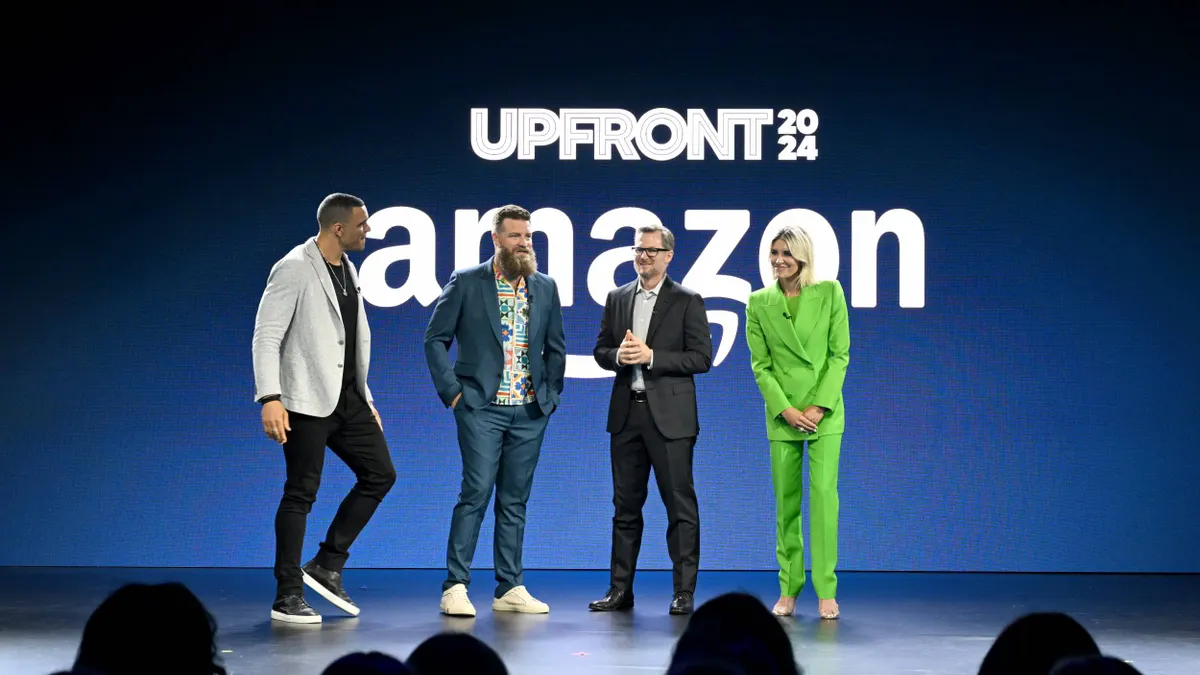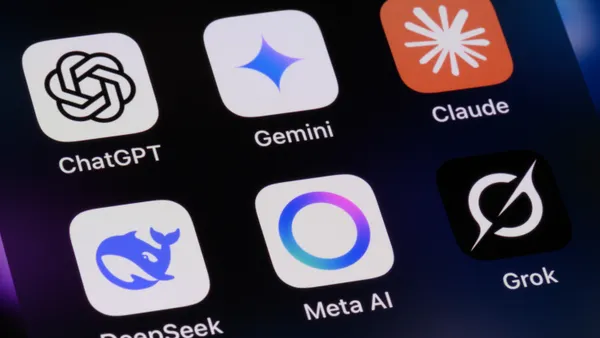Gen Alpha, an age group representing around 2 billion consumers globally, is expected to have an economic impact of $5.46 trillion by 2029, according to data from Acceleration Community of Companies (ACC) and University of Southern California (USC) Annenberg. With the oldest members of the generation being 15, Gen Alpha is of increasing importance for advertisers. However, marketers that want to fully capture Gen Alpha’s attention must understand the sway the cohort wields within their families and what they expect from brands.
“They are now acting as a family CMO and they are curating family culture,” said Monica Chun, president of ACC. “They are telling the family what to eat, where they’re going on vacation, what car to drive, what they’re going to be cooking, what types of brands they want.”
The “Alpha Rising” report was directed by 12 graduate students at USC studying how the generation interacts with brands. Three national quantitative surveys were conducted with the help of YouGov. Additionally, researchers spoke with two focus groups composed of 22 Gen Alpha consumers ages 11 to 14 and their parents. The study also includes data from artificial intelligence personas created using Definity, ACC’s virtual audience platform.
The family C-Suite
Born between 2010 and 2024, Gen Alpha has tremendous sway over many aspects of family finances, according to the report. One in four parents have added their children as an authorized user on a credit or debit card. Seventy percent of Gen Alpha consumers say they help to keep their family up to date on trends while 76% say their family values their opinions or ideas on what products, trends or hacks they’ve learned online.
The cohort’s level of influence doesn’t stop there. Sixty-two percent of Gen Alpha consumers say they help select what films or movies to watch; 59% help choose meals; 36% weigh in on tech purchases; 54% help decide on fun activities; and 11% voice their opinions on big-ticket items, such as cars. The vast majority (96%) of Gen Alpha consumers get their families to try things they saw online or heard about from friends.
“They’re not only influencing household purchases, but they are using their brand points better than mom and dad,” said Michael Kittilson, strategic growth and artificial intelligence at ACC.
Internet access and expanding influence over the home has led to an “adultification” of childhood, according to the report. For example, 39% of survey respondents believe most brands or products made for their age group feel “childish.” Additionally, 34% say they would “love” if brands catering to their age group partner with brands intended for adults.
Life’s a game — we’re just living in it
Gen Alpha has grown up in a world of constant alerts, feeds and devices fighting for their attention. This generation demands quick satisfaction, according to the report. Seventy-six would like it if brands “gamified” the consumer experience through rewards, points or badges, and 84% have continued to use an app, game or loyalty program simply to avoid losing a streak or reward.
The consumer group doesn’t like to stay on one fixed path, either. Nearly half (46%) believe it’s more fun to explore and find stuff by surprise when they shop or play online. This means Gen Alpha consumers don’t have the same level of brand loyalty previous generations had. If brands want their attention, they are going to have to fight for it.
“Gen Alpha needs to feel like they are leveling up in everything that they do. They’re not willing to wait,” said Chun. “And if they don’t feel that they are being leveled up, then they don’t have interest anymore.”














